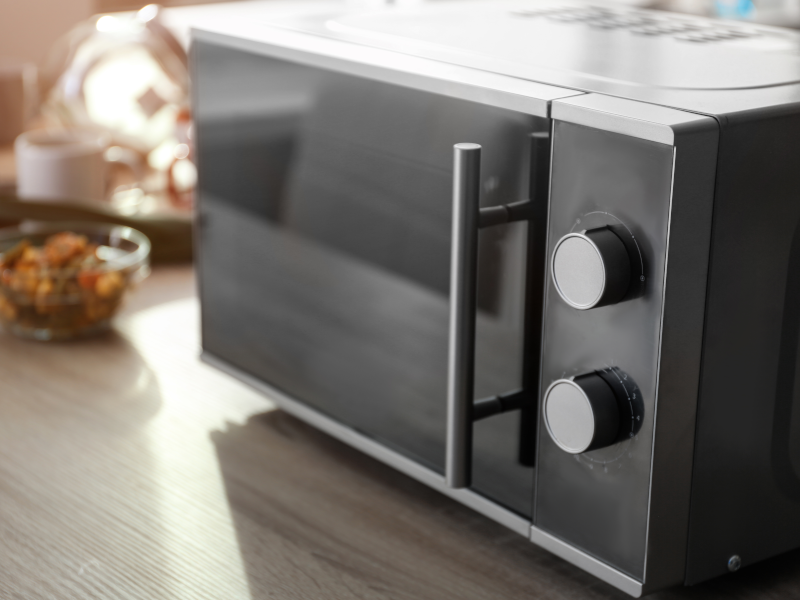
2
min read
Plastics in the microwave are a no-no. This includes soft plastics (e.g. cling wrap) and hard plastics (kids plates, hard plastic containers, frozen meal containers)...
There is sufficient evidence to support that plastics can leach into food in the heating process, and the length of time this goes on for (i.e. the longer you heat food for) the more can leach into the food. Although the evidence on plasticisers on health is rapidly evolving, there is sufficient evidence on commonly used plasticisers (such as BPA) for people not to use plastic in the microwave.
Some tips to reduce plastic use in the microwave:
- We recommend microwaving in glass containers or in your ceramic plates and bowls
- If your glass container has come out of the freezer, simply leave the container in some water to begin the defrosting process before placing it in the microwave. Otherwise it may crack from the temperature change
- An alternative to cling wrap in the microwave is to place another ceramic plate on top, or leave uncovered if the food is not at risk of drying out
- Make sure you take meat out of the freezer in the morning and leave it in the fridge to avoid the need for defrosting in the microwave. At very least, take it out of the packaging before defrosting in the microwave.